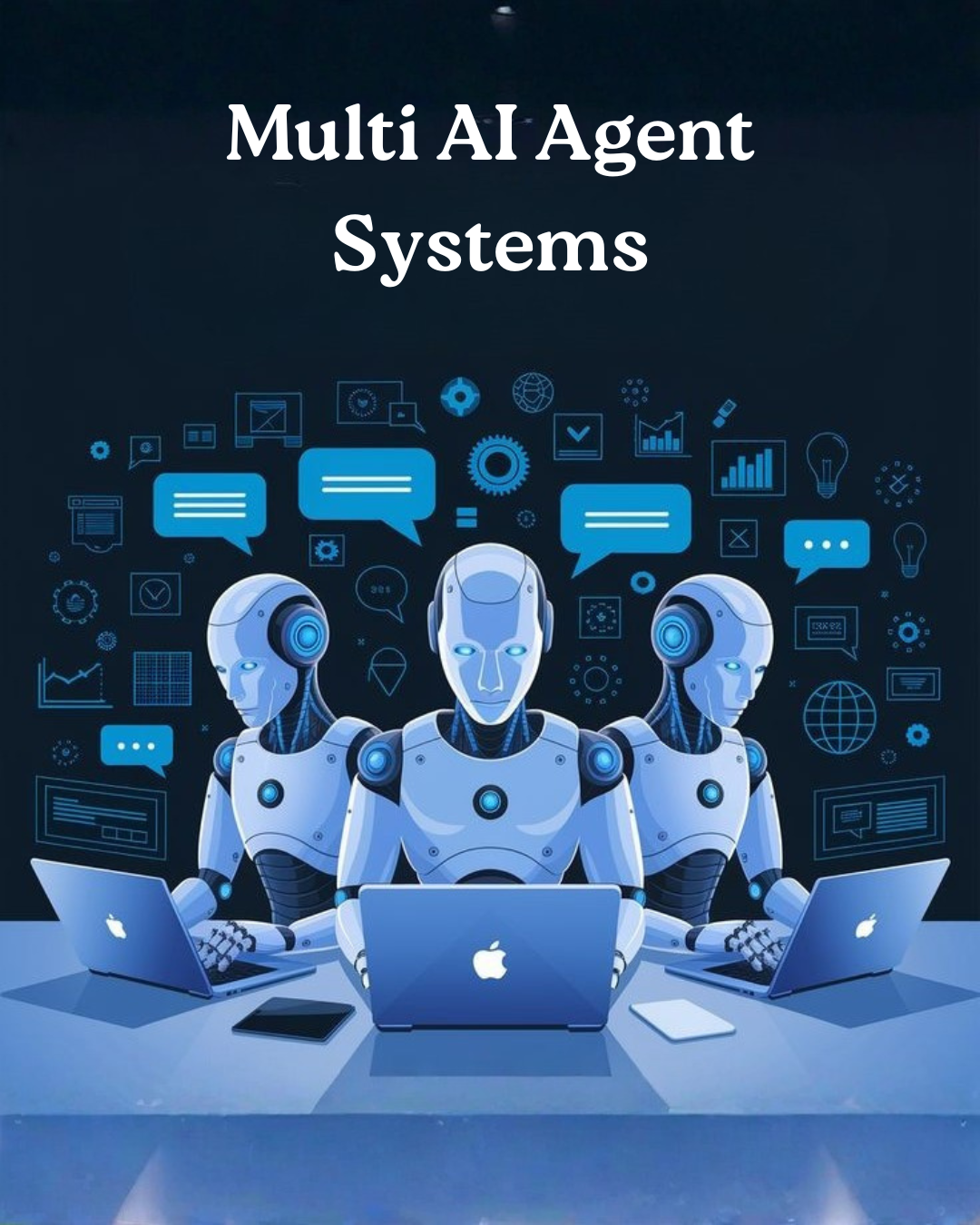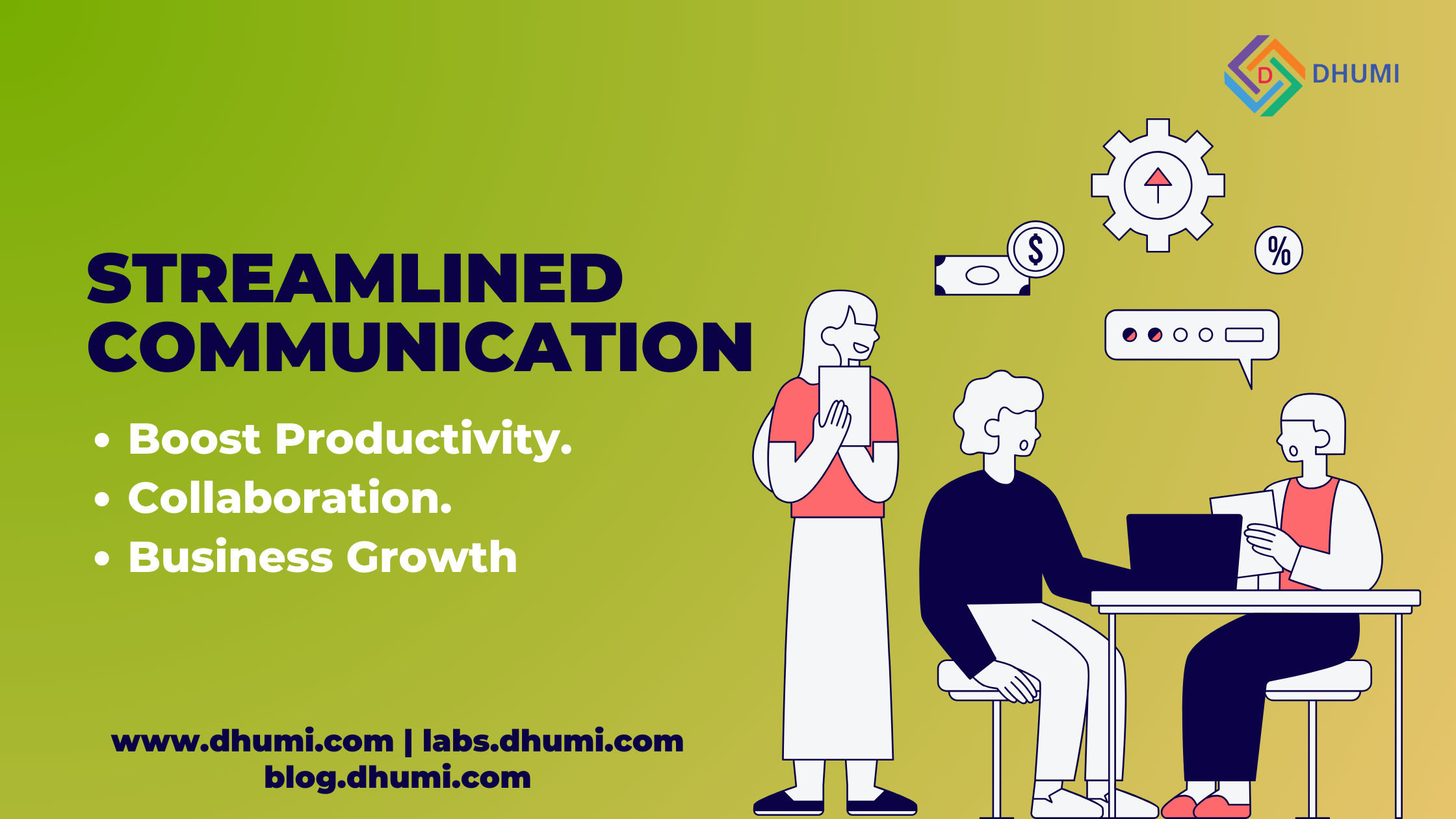Artificial Intelligence has evolved far beyond single-model systems. Today, businesses and
developers are shifting toward multi AI agent architectures—systems where multiple
intelligent agents collaborate, coordinate, and learn together to solve complex tasks. This
new approach is transforming automation, decision-making, scalability, and operational
efficiency across industries.
As we step into a new era of AI, understanding how multi AI agent workflows operate is
essential for organizations that want to build smarter, faster, and more adaptive systems.
In this blog, we explore the three core pillars that unlock the true potential of multi-agent AI
systems:
✔ Multi-Agent Planning
✔ Dynamic Task Allocation
✔ Continuous Learning
What Are Multi AI Agent Systems?
A multi AI agent system consists of multiple autonomous AI components called
agents working together toward a shared objective. Each agent may have its own role,
data access, abilities, strengths, and decision-making capabilities.
Instead of one large model performing every task, a multi AI agent setup breaks down the
workload into specialized components that communicate and collaborate.
This results in:
• Higher accuracy
• Faster execution
• Better problem-solving
• Greater scalability
• Reduced model load
From autonomous driving fleets to enterprise workflow automation, multi AI agent
systems are becoming the backbone of next-generation AI infrastructure.
1. Multi-Agent Planning: Coordinated Intelligence at Scale
What Is Multi-Agent Planning?
Multi-agent planning is the ability of several AI agents to coordinate strategies, share
insights, and execute decisions that align with a common goal. Instead of isolated actions,
agents work like a synchronized AI team.
A multi AI agent system evaluates:
• What tasks need to be done
• Which agent is best suited for each task
• How agents should collaborate
• What sequence of steps leads to the optimal outcome
This planning approach mirrors how human teams strategize—assigning roles, setting
priorities, and aligning efforts.
Why It Matters
Multi-agent planning enables:
• Faster decision-making
• More accurate predictions
• Collaborative problem-solving
• Coordinated large-scale automation
For example, in logistics:
One agent predicts demand → another evaluates inventory → another optimizes delivery
routes → another automates communication.
The result:
Smarter execution with minimal human intervention.
2. Dynamic Task Allocation: Real-Time Intelligent Distribution
One of the biggest advantages of a multi AI agent setup is its ability to dynamically
distribute tasks among agents in real time.
What Is Dynamic Task Allocation?
It is the intelligent process where tasks are assigned—and reassigned—based on:
• Current workload
• Agent capability
• Task urgency
• Real-time variables
• Environmental changes
If one agent becomes overloaded, another agent automatically steps in. If a new priority
emerges, agents reorganize themselves instantly.
This creates a system that is:
• Flexible
• Adaptive
• Resilient
• Efficient
Why It’s a Game-Changer
Dynamic task allocation ensures:
• No bottlenecks
• Optimal performance
• Better use of computational resources
• Improved response to real-time changes
Imagine customer support automation:
One agent categorizes messages → another drafts responses → another fact-checks →
another sends replies.
If incoming volume spikes, new agents instantly take over tasks without delay.
This is automation at its smartest.
3. Continuous Learning: Evolving Intelligence Through Feedback
A powerful trait of multi AI agent systems is their ability to learn continuously both
individually and collectively.
What Is Continuous Learning?
Continuous learning allows agents to:
• Improve performance over time
• Learn from mistakes
• Adapt to new patterns
• Refine decision strategies
• Share learning across agents
Unlike static AI systems that need retraining, multi AI agent architectures evolve naturally
through constant interaction and real-time feedback.
How Agents Learn Together
In a multi-agent environment:
• Each agent gathers insights
• Agents share outcomes
• The system updates internal rules
• The collective intelligence grows
Think of it as a hive mind every agent contributes to the intelligence of the entire system.
Benefits of Continuous Learning
• Higher accuracy over time
• Reduced manual updates
• Better predictions
• Long-term adaptability
• Improved coordination
This makes the multi AI agent model suitable for dynamic industries like finance,
cybersecurity, logistics, and healthcare.
Real-World Applications of Multi AI Agent Systems
1. Autonomous Vehicles & Traffic Systems
Multiple agents coordinate lanes, speeds, signals, and routing.
2. Enterprise Automation
Agents manage workflows, approvals, summarization, compliance, and analytics.
3. E-commerce Operations
Inventory, pricing, customer support, and logistics agents work together.
4. Cybersecurity
Threat detection agents collaborate with response agents to minimize risk.
5. Cloud Resource Optimization
Agents monitor servers, allocate resources, and reduce costs automatically.
Why Multi AI Agent Systems Are the Future
Businesses are adopting multi AI agent systems because they deliver:
• Greater intelligence
• More autonomy
• Faster execution
• Lower operational cost
• Adaptability to change
• Better decision-making
• Real-time responsiveness
Instead of building one large, expensive model, organizations can deploy multiple
specialized agents that:
Think together. Learn together. Act together.
This modular and collaborative approach makes AI more scalable, stable, and future-proof.
Final Thoughts
The future of AI is not one big model it’s many intelligent agents working as one.
Multi AI agent systems unlock strategic planning, real-time task allocation, and
continuous learning, making businesses faster, smarter, and more resilient.
Whether you’re building enterprise automation, autonomous systems, robotics, or
advanced analytics, the multi-agent architecture is becoming the new standard.
Companies that adopt multi-agent intelligence early will lead the next era of automation
and AI innovation.



